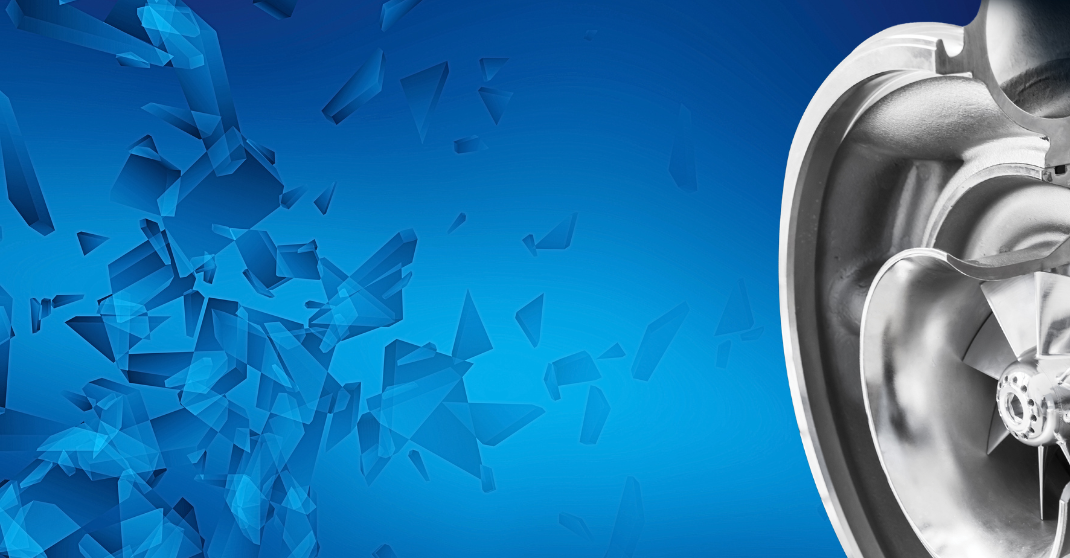
If a vehicle is suffering from rattling or grinding noises during operation and drivers experience loss of engine power, this could be due to foreign object damage on the turbocharger.
A foreign object refers to anything that enters the turbocharger through the air or exhaust inlets. When a foreign object enters the turbocharger, its performance will be affected, potentially resulting in considerable damage. Tom Wright, our Product Manager, explains various reasons why this can happen, as well as offering signs to look out for and ways to prevent it.
“It’s critical that technicians pay special attention to the condition of other components within the vehicle to mitigate the risks posed to the turbocharger,” says Wright.
“There are various scenarios that can result in contaminants in the turbocharger air supply, all of which can have devastating effects on the system’s longevity. This includes previous turbocharger failures leaving remnants in the system, debris from engine components or objects left within intakes during regular servicing.”
Causes of foreign object intake can also include faulty or damaged turbo hoses, which inadvertently cause small particles to enter through any gaps in the system.
A turbocharger repair specialist will be able to diagnose foreign object damage if there are visible marks on the compressor or turbine blade, or pitting marks around the compressor inlet and nozzle ring assembly vanes.
If the turbine or compressor blade is found to be damaged, the turbocharger should stop being used immediately, as the rotor balance will be affected, and this could impact its service life.
„To prevent turbo failure from foreign object damage, we recommend that technicians always replace or fully clean intake pipes and check for debris before fitting a replacement turbo,” says Tom Wright. All air hoses should be free from contaminants and blockages. Hoses should also be checked regularly as part of routine turbocharger servicing.
“Technicians should always use the correct air filter suitable for the specific vehicle model, and regularly replace it according to the manufacturer’s recommendations. As with intake pipes and air hoses, following a turbocharger failure, the filter and surrounding intakes should be cleaned to eliminate any debris or fragments that could harm the new turbocharger,” Wright says.
For more information on Melett, including more technical resources, please check out our Turbo Tips
Other technical articles;
How a blocked diesel particulate filter can damage a turbocharger


